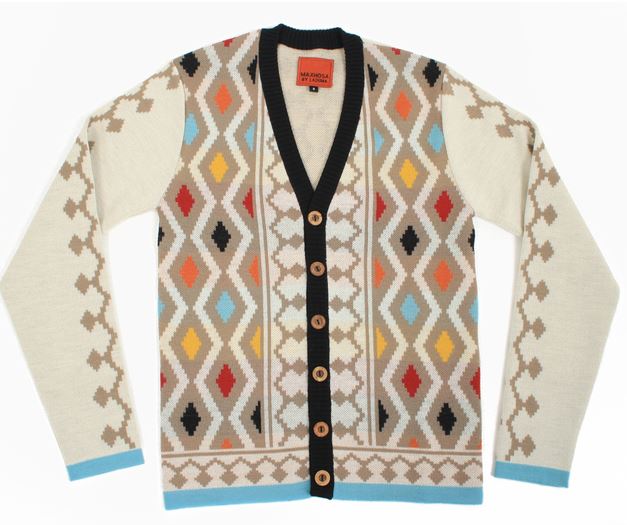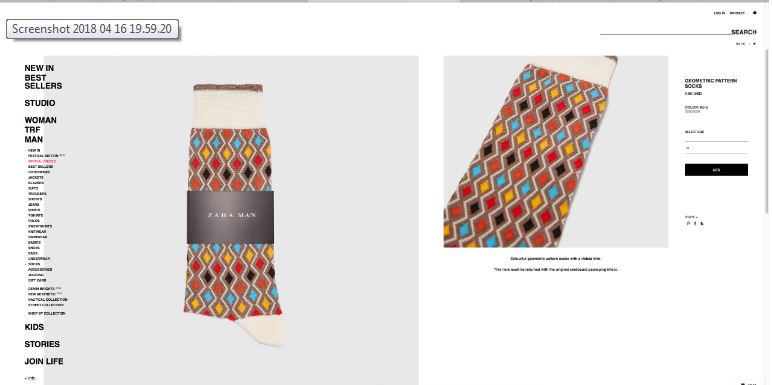Trends are always recycled from one era to the next. And if I’m from the baPedi tradition and I choose to use patterns and colors from my tribe in my collection and another designer does the same thing years later; is that plagiarism? Nothing is new in fashion, so can we have plagiarism in fashion? The answer is YES!
According to legalzoom.com; plagiarism is an illegal act that infringes an author’s (or designers) intellectual property rights, including copyright or trademark. The owner of a copyright can sue a plagiarizer in court for copyright violation. So if I am not entirely the original creator of a pattern or garment, if I can tweak it and register it as my intellectual property, it belongs to me.
This was the case with Laduma from MaXhosa vs. Zara. It was brought to Laduma’s attention that retail giant Zara had socks in stores with the iconic MaXhosa pattern. This was not the first time that Zara had been under the spotlight for copying designs. The retail store usually wins these cases but Laduma quickly took to social media to reassure fans that he will not back down from this. He succeeded because Zara has since removed their socks of the shelves and the matter is under review with his lawyers.


A more recent incident was pop culture graphic designer David Tshabalala who found something very similar to his signature designs on social media and on another occasion, spotted his work being printed onto t-shirts without his consent. There are laws in place for plagiarism in higher education but none seem to exist in the arts.
This is why it is important to register your work. In order for you to claim for an infringement, you must have registered the pattern, design or unique decoration. Your registration will be accompanied by a certification to verify the copyright.

If you suspect there is an infringement in your work; here are a few guidelines to resolve the matter.
1. Gather evidence of the infringement
Part of your evidence should clearly define where and what the infringement is. In Laduma’s example, according to his press statement, the colours used and patterns resemble his 2016 collection.
2. Gather your financial records
The purpose of wanting to sue is to receive compensation for damages due to the infringement. You will need to prove how much you lost. In the case of Laduma again, it’s advisable to find out how much the merchandise was and when it was first sold. You can then show your financial statement; eg. how your sales dropped because stock was available at a cheaper price therefore causing a decline on your sales or how much you could’ve made from your work.
3. Filing a lawsuit
This is where it can be tedious and costly. Thankfully there are institutions like LegalWise that offer sound advice on the best route to take. If you decide to go ahead and sue the defendant, your lawyer will assist you to draft a letter of complaint and the notice to the institution. I suggest Legal Wise because they offer various levels of legal advice at various rates.
From then, the defendant will read your letter, respond accordingly and the trial will commence. In some cases, you’ll settle the dispute with the defendant by negotiating the terms (and compensation) privately or go to court.
Laduma and David both took on their defendants and although they can’t discuss the proceedings in public, I’m glad they didn’t let this slide. It is the saddest thing to watch someone else make a profit from your work. It is also wise to sign up for a legal insurance policy because you never know when this might happen. The world is looking to Africa for inspiration; own your intellectual property and fight for what’s yours.
Have you come across another plagiarism case lately?
Has your work been stolen right under your nose?



No Comments